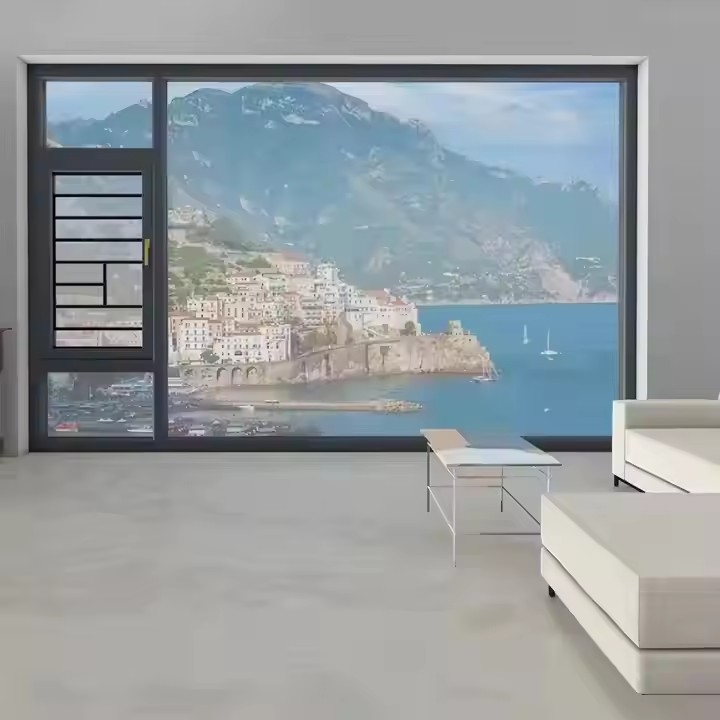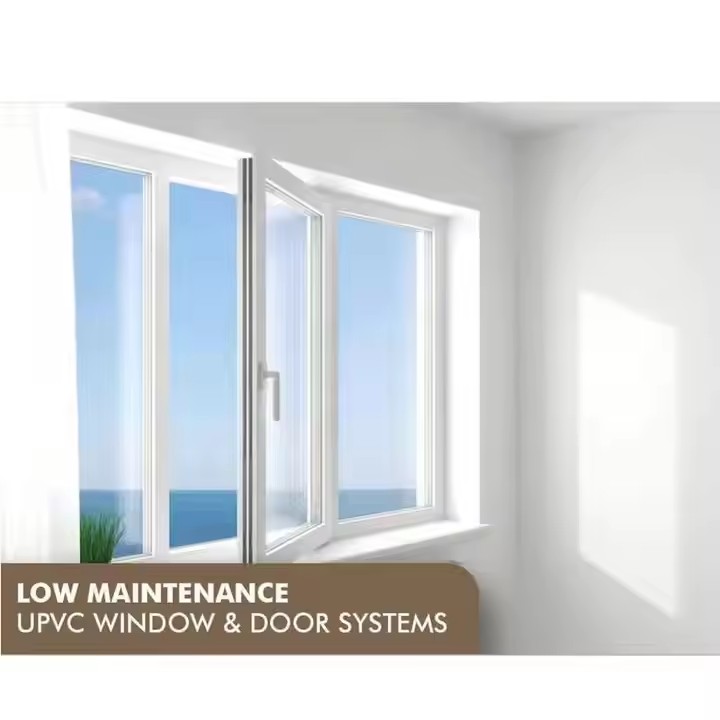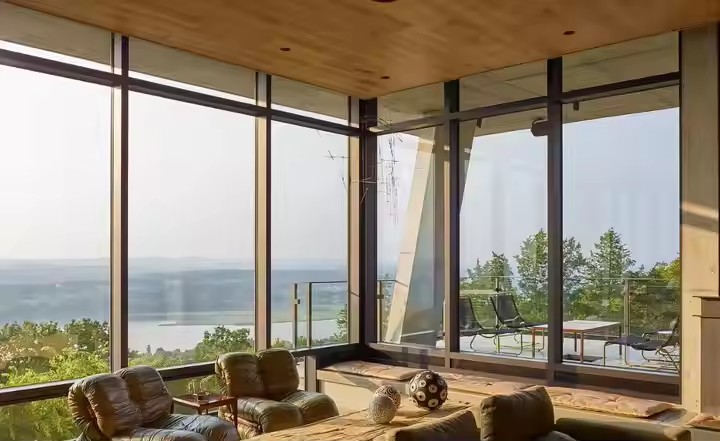- Challenges in Cold Climates and Functional Needs of Sunshades
In extremely cold places (like the Arctic, high mountains, or Siberia), the environment is harsh — with very low temperatures (-30°C to -60°C), heavy snow and strong winds, big temperature changes, and strong UV rays (especially reflected by snow).
In these places, sunshades must do more than block sunlight — they must also resist snow and wind, keep heat inside, work well in freezing temperatures, and allow light through without damage. - Frame Materials: Cold Resistance and Strength
(1) Metal Materials
Aerospace-Grade Aluminum (e.g., 6061-T6, 7075-T6):
These are strong but light metals. Even at -40°C, they stay tough and can handle heavy snow or wind. They also don’t rust easily.
Used in: Structures like outdoor shelters at Antarctic research stations.

Stainless Steel (e.g., 316L, 440C):
316L works well even at -196°C and resists salt corrosion, good for coastal cold areas.
440C is very hard and used in bolts and connectors to prevent loosening in the cold.
Note: Because steel conducts heat easily, it needs insulation (like nylon pads) to stop ice from forming on joints.
(2) Composite Materials
Carbon Fiber Reinforced Polymer (CFRP):
Extremely strong and light, almost no size change in cold. Great at blocking UV rays.
Downside: Very expensive and not great under sideways force unless specially layered.
Glass Fiber Reinforced Plastic (GRP):
Strong, cheap, stays stable in cold, and works well by the sea. It also keeps heat in better than metal.
- Cover Materials: Letting Light In, Keeping Warm
(1) Plastic Film Materials
Polycarbonate (PC) Sheets:
Let through 89% of light, stay flexible at -40°C, and are very impact-resistant (even against hail).
Often made in a double-layer design with air gaps to keep in heat. With extra coatings, the heat loss is very low.
ETFE Film (a type of special plastic):
Works in extreme temperatures (-200°C to 150°C), stays stretchy in the cold, and is very light (only 1/10 the weight of PC).
It cleans itself easily and stops snow from sticking.
It can also control how much light and heat comes through — blocking sun in summer, but letting in warmth in winter.

(2) Fabric Materials
PVC-Coated Polyester Fabric:
Made with strong polyester fiber and coated with a special PVC layer that stays soft in -35°C.
Sealed with heat instead of sewing, so wind can’t get in through stitches.
For warmth: Aluminum foil layers inside reflect heat, and polyester cotton adds insulation — keeping the inside 5–8°C warmer than outside at night.

